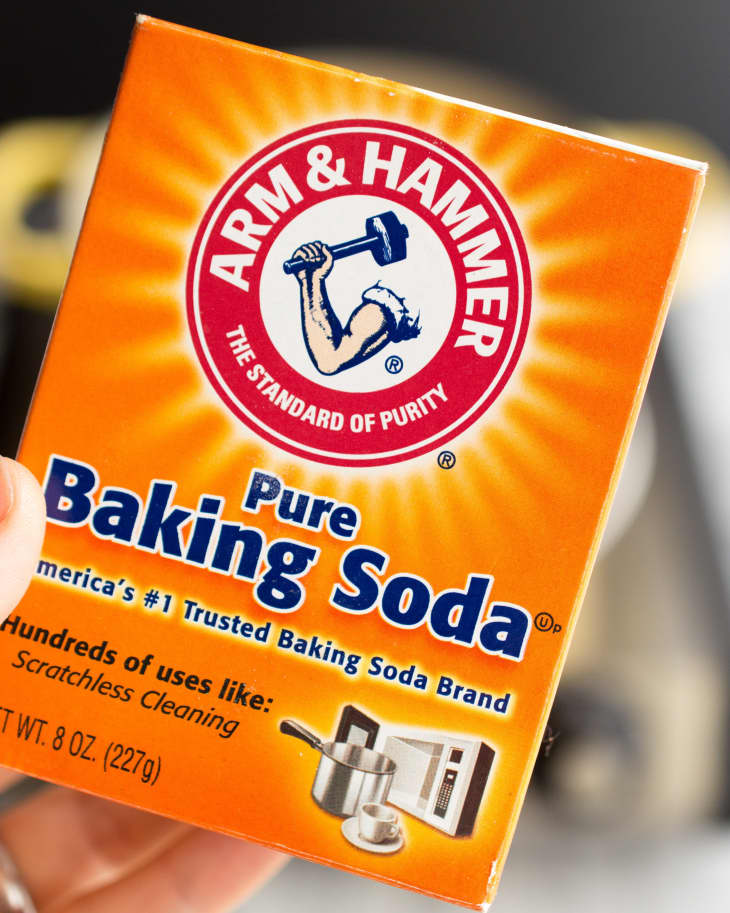Why Is Baking Soda Such a Good Cleaner?
Baking soda, a mainstay of many baking recipes, has colonized territory way beyond the baking rack. It can be found lurking in the backs of refrigerators, in cleaning kits tucked beneath the sink, and in the list of ingredients for natural deodorants and toothpastes. And while Arm & Hammer is largely responsible for making baking soda the household staple it is today, we’ve been using baking soda for millennia: Back in 3500 BCE, the Ancient Egyptians used it as a cleaning agent and to dry out bodies for the process of mummification.
So, what makes baking soda so special that we can eat it but also use it to fight rust and tarnish? The answer lies in its unique chemical properties.
What is baking soda, anyway?
Baking soda, aka sodium bicarbonate, is actually a salt. Go ahead and try it; you’ll find that it tastes like a milder version of the salt in your shaker.
Like all salts, baking soda is a neutral compound formed from a positively charged ion, or cation, and negatively charged ion, or anion. But while ionically speaking baking soda is neutral, its pH is higher than neutral. This means that it is slightly basic (the opposite of acidic), which is key to understanding why it’s such a good cleaner.
The Science Behind How Baking Soda Works
It absorbs odors.
Unlike air fresheners or candles, which simply mask odors, baking soda actually absorbs things that might make your kitchen smell less than clean. (This is why people leave boxes of baking soda in their refrigerators). That’s because most odors are acidic and, because baking soda is basic, it reacts with the acids in the air to neutralize them.
Tip: Over time the baking soda can become less reactive to the acids, so it will only work if you remember to mix it up periodically and switch out the box.
It reacts with vinegar.
The acid-base reaction is also the reason baking soda and vinegar are cleaning partners in crime. The baking soda and vinegar volcano might be a science-fair classic, but that same explosive chemical reaction can do wonders in your kitchen or bathroom. Pouring baking soda and vinegar down a drain can unclog it; slathering a baking soda paste inside your filthy oven and then splashing a little vinegar on it cuts through grease and leaves it gleaming.
It’s slightly abrasive.
For some things, baking soda works better than typical soap. Although both are basic (not acidic), soap contains fat molecules that make it less harsh. Baking soda, on the other hand, is abrasive, which gives it the grit to dislodge particles and remove stains from a number of surfaces.
It passes gas.
Believe me, this is a good thing. That gas is carbon dioxide, the same stuff you exhale. When baking soda is heated above 300°F, it releases the gas. That makes baking soda a great fire extinguisher (and the only way to put out a grease fire) because the influx of carbon dioxide cuts off the oxygen that had been fueling the fire.
This same reaction makes baking soda a great nontoxic form of pest control (when ingested by cockroaches or ants, gas builds up inside their hard-shelled bodies and causes their organs to fail), and it’s also the reason why your quick breads and cookies rise.
What do you use baking soda for?
